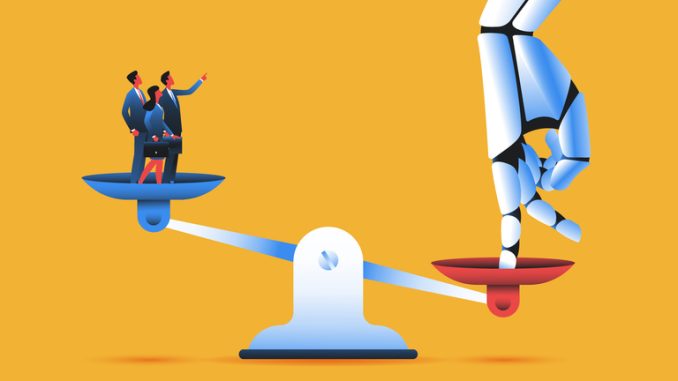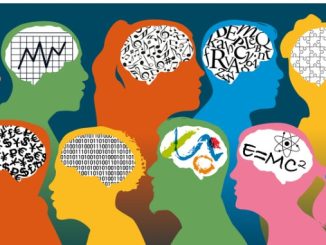
While AI is transforming healthcare, understanding its limitations can help ease concerns about it replacing human workers
Ever since discussions around AI began, one concern has remained central to the debate – whether artificial intelligence could, or should, replace human workers. As AI becomes more integrated into healthcare, particularly in primary care settings, many practice managers and staff worry about its impact on their roles.
However, focusing on what AI cannot do, and is unlikely to ever be able to do, can go a long way towards alleviating fears that human workers may become obsolete in certain roles.
Capacity for Creativity
AI, while capable of processing vast amounts of data at impressive speeds, fundamentally lacks the capacity for creativity and originality. It operates by analysing patterns in the data it is trained on and generates outputs based on that information.
In other words, it cannot think “outside the box”. This lack of originality is a key reason why AI cannot fully replace humans in roles where perceptions and perspectives are essential. A machine cannot pick up on subtle non-verbal cues, adjust its approach based on a patient’s concerns, or think outside of pre-programmed guidelines to develop personalised treatment plans. Primary care thrives on human interaction, and AI cannot replicate the nuanced decision-making required of healthcare staff.
Critical Thinking
AI lacks the ability to think critically, a skill essential for navigating complex and ever-changing situations. Critical thinking involves more than just processing data – it requires the ability to analyse, question and interpret information in context, factoring in external influences, biases and the evolving nature of a given scenario. Since AI does not possess these abilities, it cannot make judgments that consider dynamic, real-world situations.
A doctor, for instance, doesn’t simply rely on symptoms or test results in isolation. They must consider a range of factors – the patient’s medical history, lifestyle, social context and even their emotional state. They must also make decisions based on incomplete or ambiguous information, sometimes under time pressure. Critical thinking enables a physician to adjust their diagnosis as new symptoms emerge or when the situation doesn’t fit neatly into a typical medical pattern. AI, however, might miss subtle cues or fail to adjust recommendations if a patient’s condition doesn’t align with the data set it was trained on.
Flexibility and Adaptiveness
AI does not possess the ability to independently update itself in real time. In contrast, human professionals continuously adapt to new medical research, evolving patient needs and the changing landscape of healthcare policies.
For example, if new guidelines for managing chronic conditions emerge, healthcare professionals can quickly interpret and integrate these changes into patient care. AI, however, must be manually updated to reflect these new recommendations. Additionally, AI lacks the ability to respond with agility in crisis situations – whether that’s managing a public health emergency, handling an unexpected surge in patient demand, or adapting to new operational challenges within a GP practice.
Addressing employee concerns about AI replacing human jobs requires more than just vague reassurances – it demands a clear understanding of AI’s limitations. Open discussions that acknowledge concerns while demonstrating AI’s true capabilities and constraints will foster a more informed and confident workforce, ensuring that technology serves as an asset rather than a source of fear.


Be the first to comment